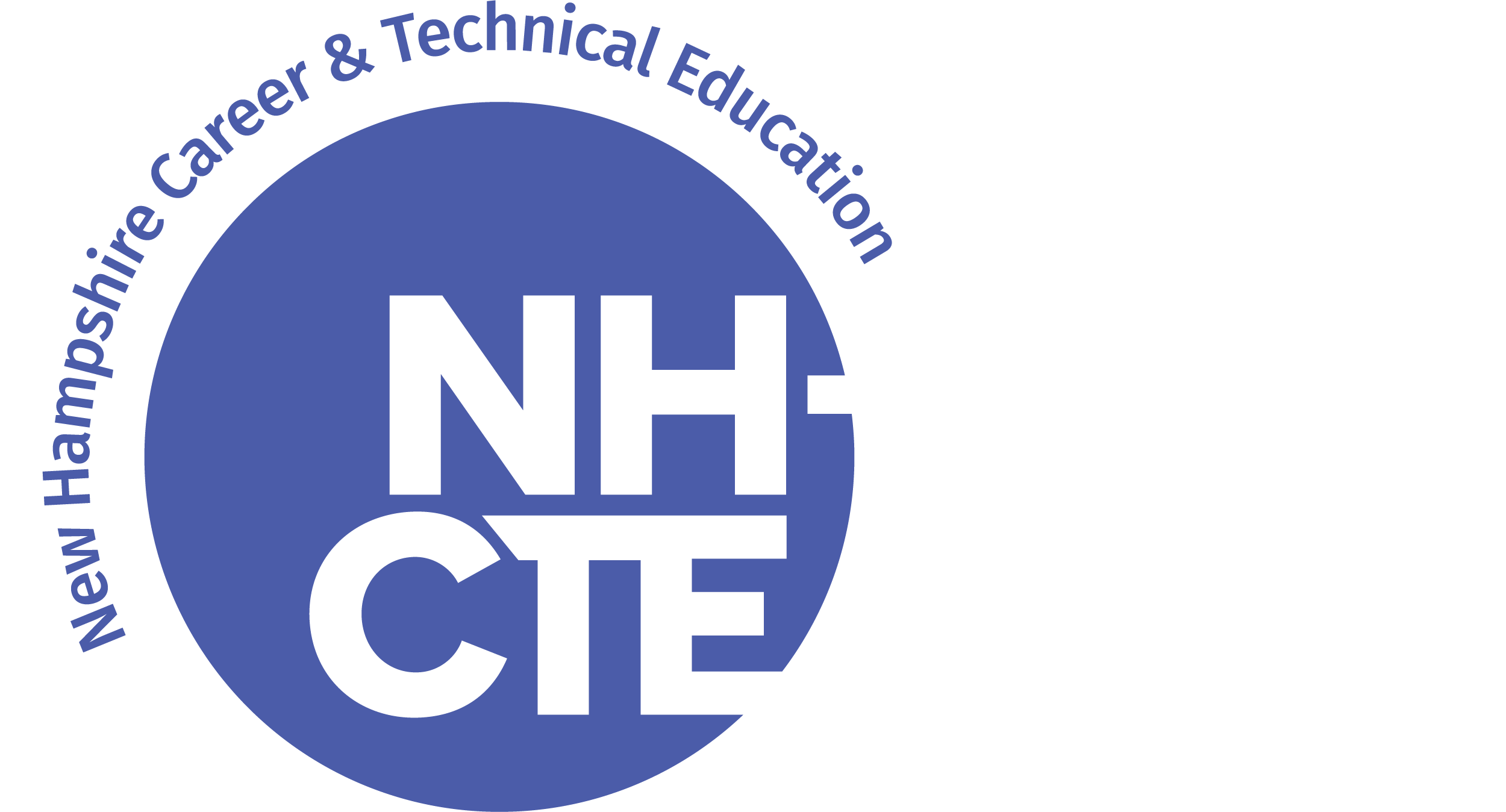With unemployment rates at historic lows, every sector in industry is struggling with workforce development questions and challenges, which led to a “Conversation Café” this past summer at which numerous stakeholders weighed in on the issue.
The brainstorming session was spearheaded by the New Hampshire HR Council, the Manchester Area Human Resource Association (MAHRA) and Seacoast Human Resource Association in response to a directive from the Society for Human Resource Management (SHRM). In July of 2016 at the 2016 Democratic National Convention, SHRM President and CEO Henry G. “Hank” Jackson stated, “Two-thirds of HR professionals are having a tough time recruiting skilled workers. The skills shortage in the U.S. is a growing problem and will take innovative efforts of government, educational institutions and employers.”1
According to session attendee Doug Cullen, Manager of Career Services at Pinkerton Academy in Derry, there was strong CTE representation.
“We had 2 CTE center directors, 2 staff from Department of Education Bureau of Career Development, the Apprenticeship Bureau, and Community College system,” he said.
The purpose behind the “conversation” was to initially explore how to get a better trained workforce into industry and the appropriate kinds of training and avenues to make that happen in the short-term. As a result of the discussions that took place, five key concepts were raised that the group will explore as the basis for future workforce development and training solutions.
Best practices in experiential and work-based learning opportunities.
How employers can step up (possibly be involved in) designing curriculum to meet industry needs.
Understanding Department of Labor requirements for internships.
Highlighting effective career services possible between schools and businesses.
Identifying training partnerships with businesses.
The group discussions were facilitated by BIANH, Bureau of Career Development, one of the CTE directors, and Reaching Higher NH.
“One thing we are looking at very closely is how to design training mechanisms—mini-videos, off-the-shelf curriculums or other interventions—that can be customized to suit specific needs in industry,” said Cullen, who also served as facilitator.
In furtherance of this effort, a focused task force was formed in October to drill down further into possible solutions with the objective to bridge the gaps between a future workforce pipeline and people to fill it. Cullen said this HR-focused group involves other related efforts, including the Career Pathways State Steering Committee, 2025 Accelerator, 65 x 25, Sector Partnerships Initiative and others.
“We are all facing the same issue, so it makes sense to get us all together in the same room at the same time,” he said.
As for why he became involved in this initiative, Cullen said he wanted to proactively work to solve these larger employment and economic development challenges with many of the people he and others are most likely to encounter when attempting to bridge these gaps.
“I’m not just talking to the engineers, manufacturers or construction foreman, I’m talking with someone from HR,” he said. “We need to get out in front of this as we’re already fighting such significant employment challenges.”
